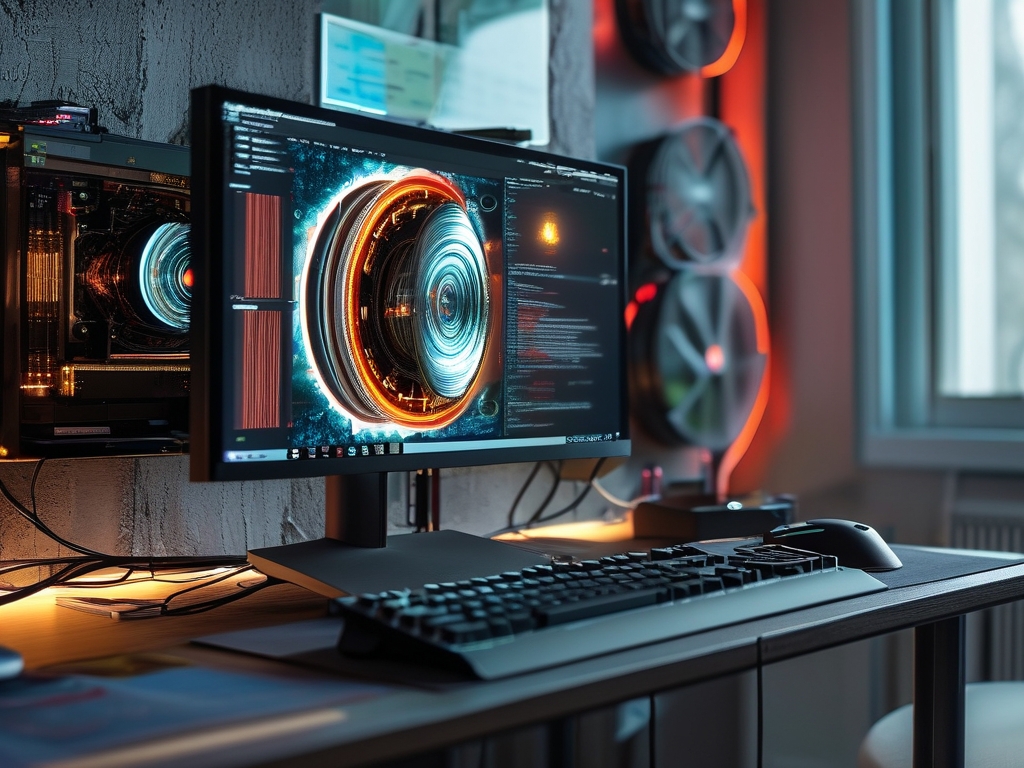Embedded systems form the backbone of modern technology, powering everything from smart home devices to industrial automation. As the demand for smarter, faster, and more efficient embedded solutions grows, the integration of artificial intelligence (AI) has become a game-changer. DeepSeek, a cutting-edge AI platform, is emerging as a transformative force in embedded development, offering tools and frameworks that streamline design, enhance performance, and reduce time-to-market. This article explores how DeepSeek is redefining embedded systems and why developers should embrace its capabilities.

The Evolution of Embedded Systems
Embedded development has traditionally focused on optimizing hardware-software interactions for specific tasks. Developers prioritize efficiency, reliability, and real-time performance, often working within stringent resource constraints. However, the rise of IoT, edge computing, and autonomous systems has introduced new challenges. Modern embedded systems must now handle complex data processing, adaptive learning, and connectivity—all while maintaining low power consumption.
This shift has created a demand for AI-powered solutions that can augment traditional embedded workflows. Enter DeepSeek, a platform designed to bridge the gap between AI algorithms and resource-constrained embedded environments.
DeepSeek’s Core Innovations
DeepSeek addresses three critical pain points in embedded development:
-
AI Model Optimization
Training AI models for embedded devices is notoriously difficult due to limited memory and processing power. DeepSeek’s proprietary neural architecture search (NAS) technology automates the design of lightweight models tailored for specific hardware. For example, a face recognition system built with DeepSeek can achieve 95% accuracy while using 60% fewer computational resources than conventional models. -
Real-Time Adaptive Learning
Unlike static embedded systems, DeepSeek-enabled devices can learn from real-world data post-deployment. Its incremental learning framework allows edge devices to update models without requiring full retraining or cloud dependency. This is particularly valuable in industrial settings where machinery must adapt to changing operating conditions. -
Energy Efficiency
DeepSeek’s power-aware scheduling algorithms dynamically allocate tasks between CPUs, GPUs, and dedicated AI accelerators. In tests, this approach reduced energy consumption by up to 40% in smart cameras and wearable devices.
Industry Applications
DeepSeek’s versatility shines across multiple sectors:
-
Smart Manufacturing
Predictive maintenance systems using DeepSeek can analyze sensor data from production lines in real time, detecting anomalies like motor vibrations or temperature spikes 30% faster than rule-based systems. -
Healthcare Devices
Portable medical diagnostics tools leverage DeepSeek’s on-device AI to interpret ECG signals or blood glucose levels with clinic-grade accuracy, even in offline environments. -
Autonomous Vehicles
DeepSeek’s object detection models process LiDAR and camera inputs at 120 fps on embedded chipsets, enabling faster decision-making for collision avoidance.
Developer-Centric Tools
To accelerate adoption, DeepSeek provides a robust ecosystem:
- DeepSeek Studio: A visual IDE that automates model quantization, hardware profiling, and code generation for platforms like ARM Cortex-M and RISC-V.
- EdgeML Library: Pre-built modules for common tasks (voice recognition, gesture control) that developers can customize via APIs.
- Hardware Partners: Collaborations with chipmakers ensure seamless compatibility with popular MCUs and FPGAs.
A case study with robotics startup Nimbus Tech revealed that integrating DeepSeek cut development time for an AI-powered drone from 9 months to 14 weeks.
Challenges and Future Directions
While promising, DeepSeek faces hurdles. Many embedded engineers lack AI expertise, necessitating better educational resources. Security is another concern—compressed models could be vulnerable to adversarial attacks. DeepSeek’s team is addressing this with encrypted model deployment and anomaly detection tools.
Looking ahead, DeepSeek plans to integrate quantum-inspired algorithms for ultra-low-power AI and expand support for neuromorphic processors. As 5G advances, its federated learning framework will enable secure multi-device collaboration at the edge.
DeepSeek represents a paradigm shift in embedded development, transforming constrained devices into intelligent, adaptive systems. By abstracting AI complexities and optimizing for real-world hardware, it empowers developers to build next-generation products without sacrificing performance or efficiency. As industries increasingly demand smart, connected solutions, mastering DeepSeek’s tools will become essential for staying competitive in the embedded landscape. Those who adopt this platform early will lead the charge in the AI-driven future of embedded systems.

